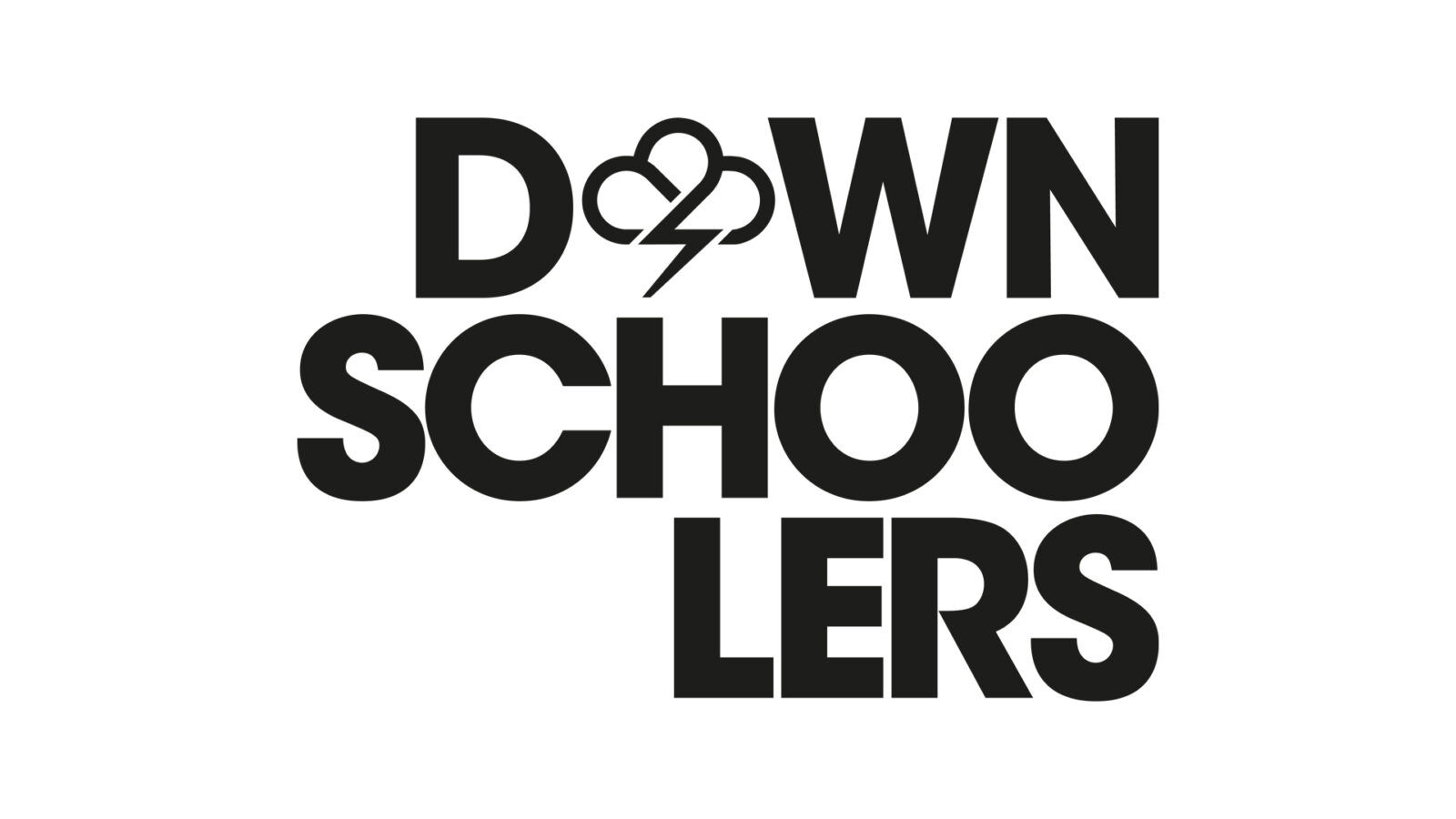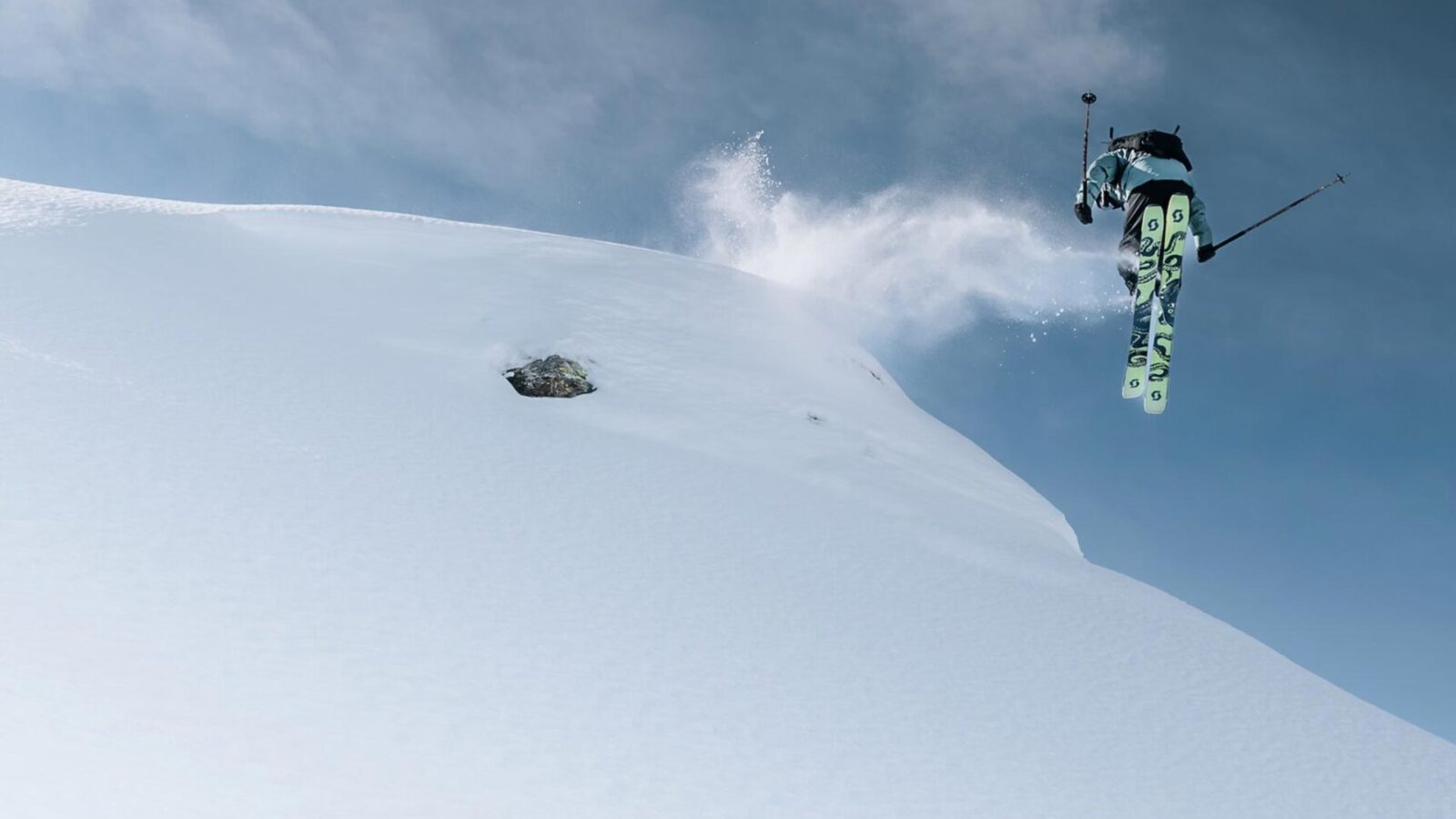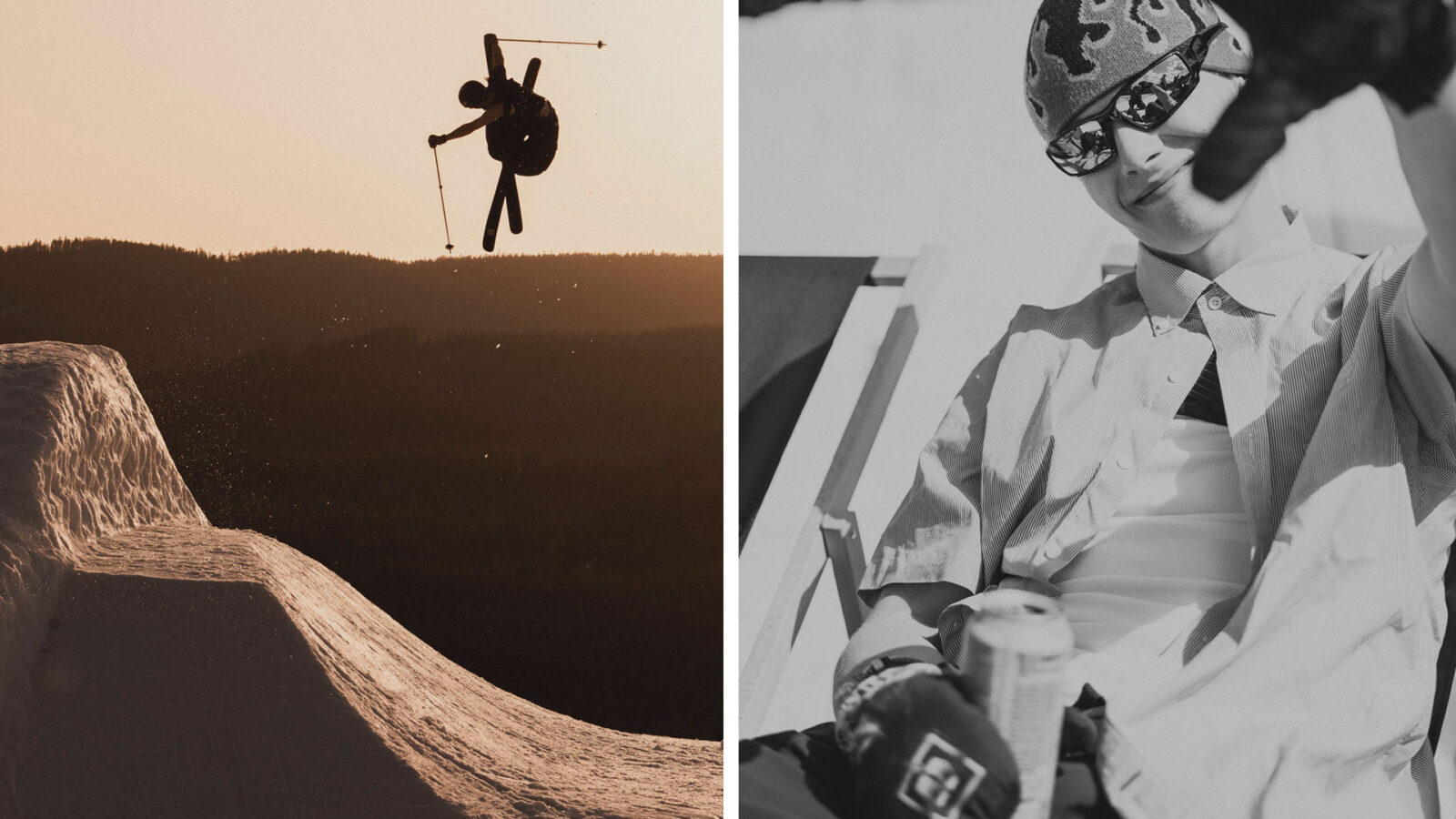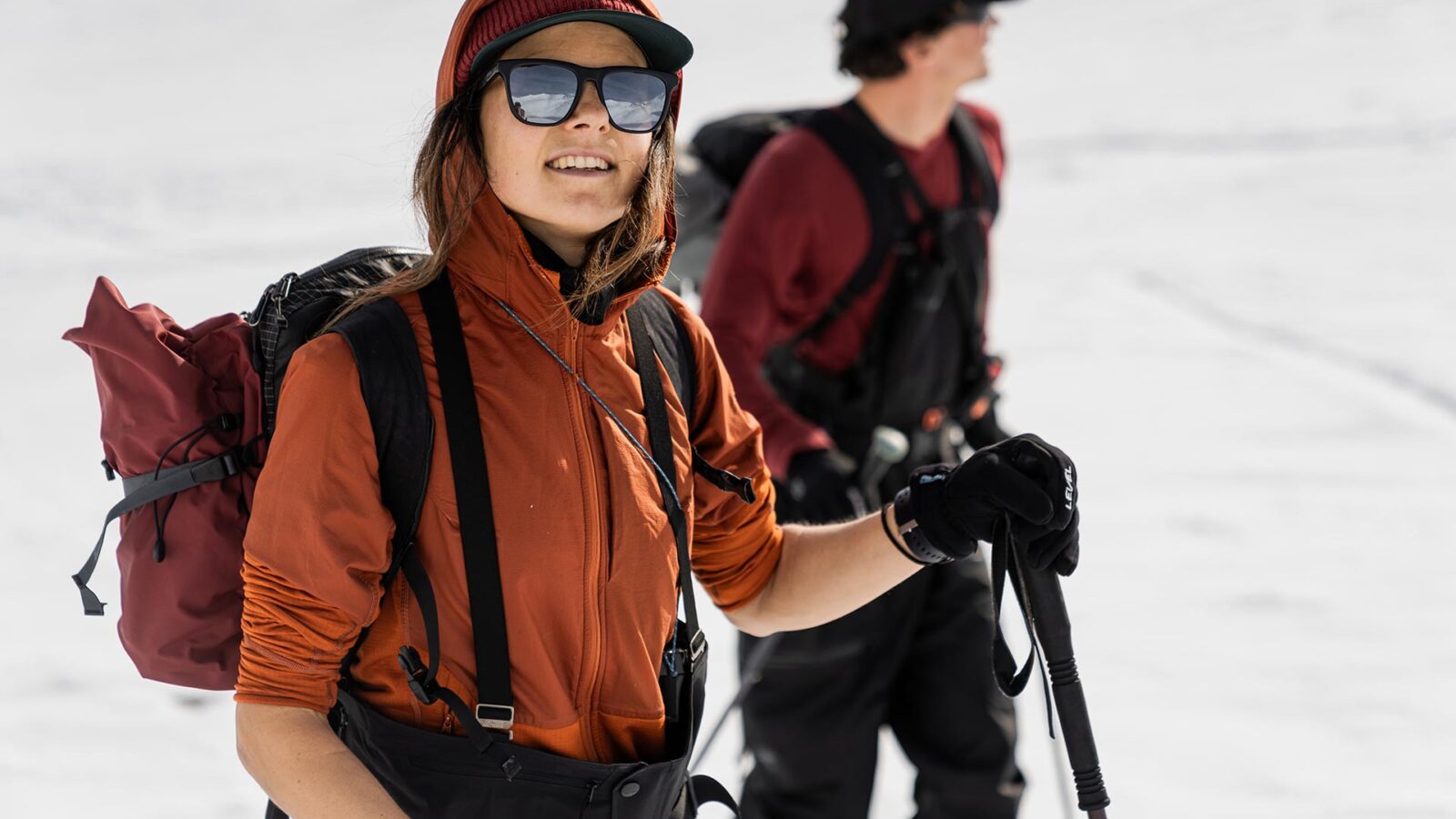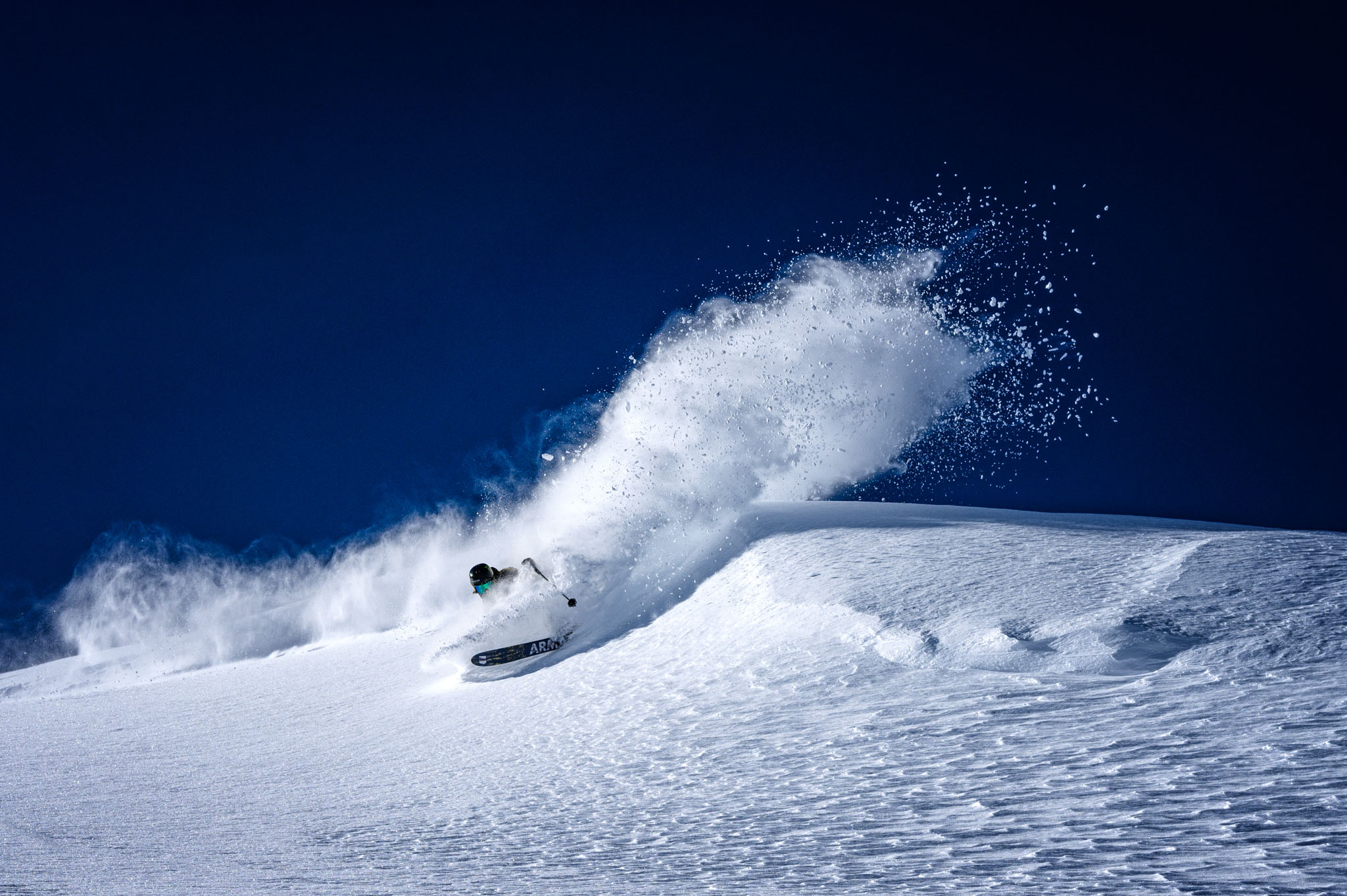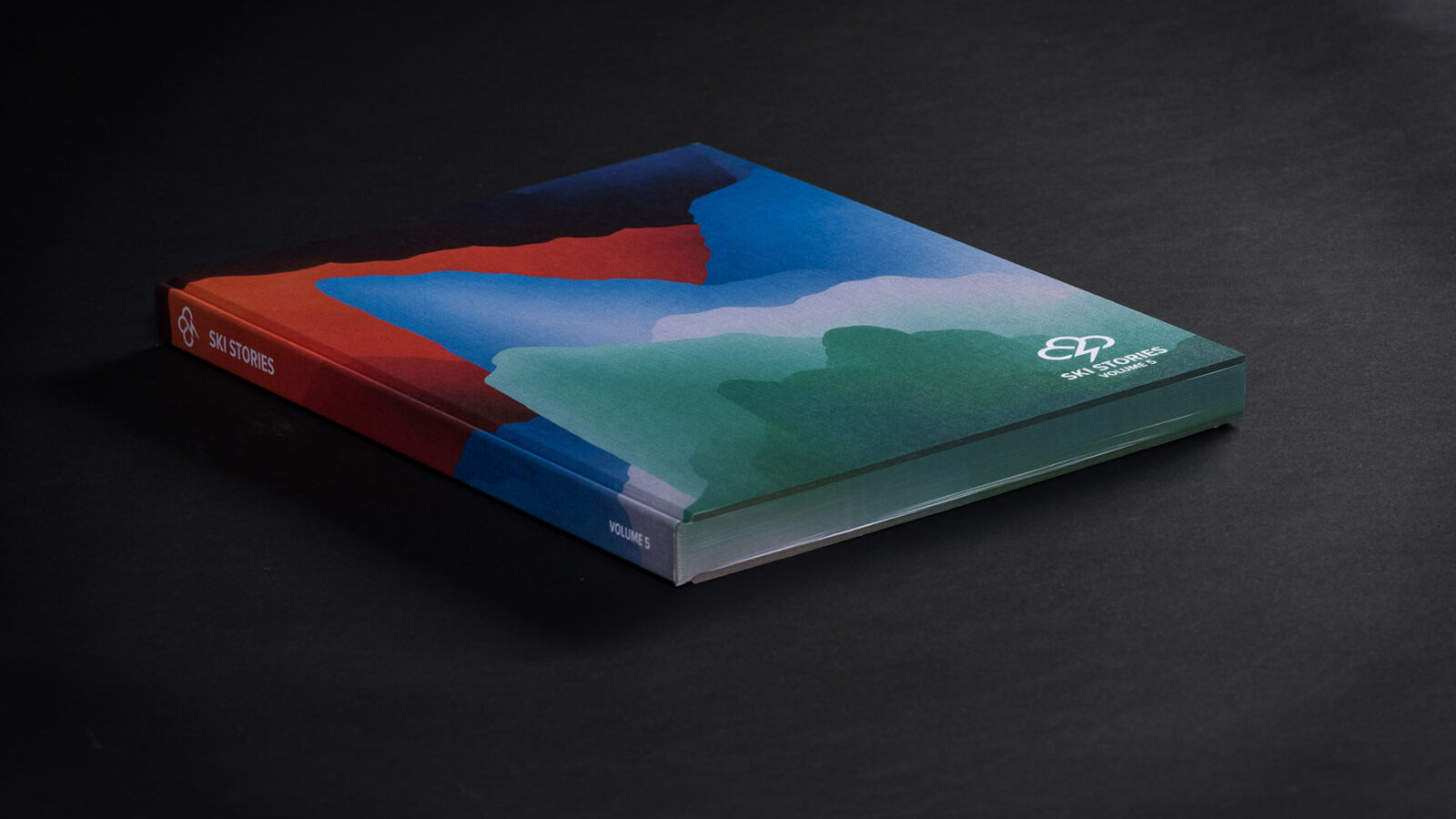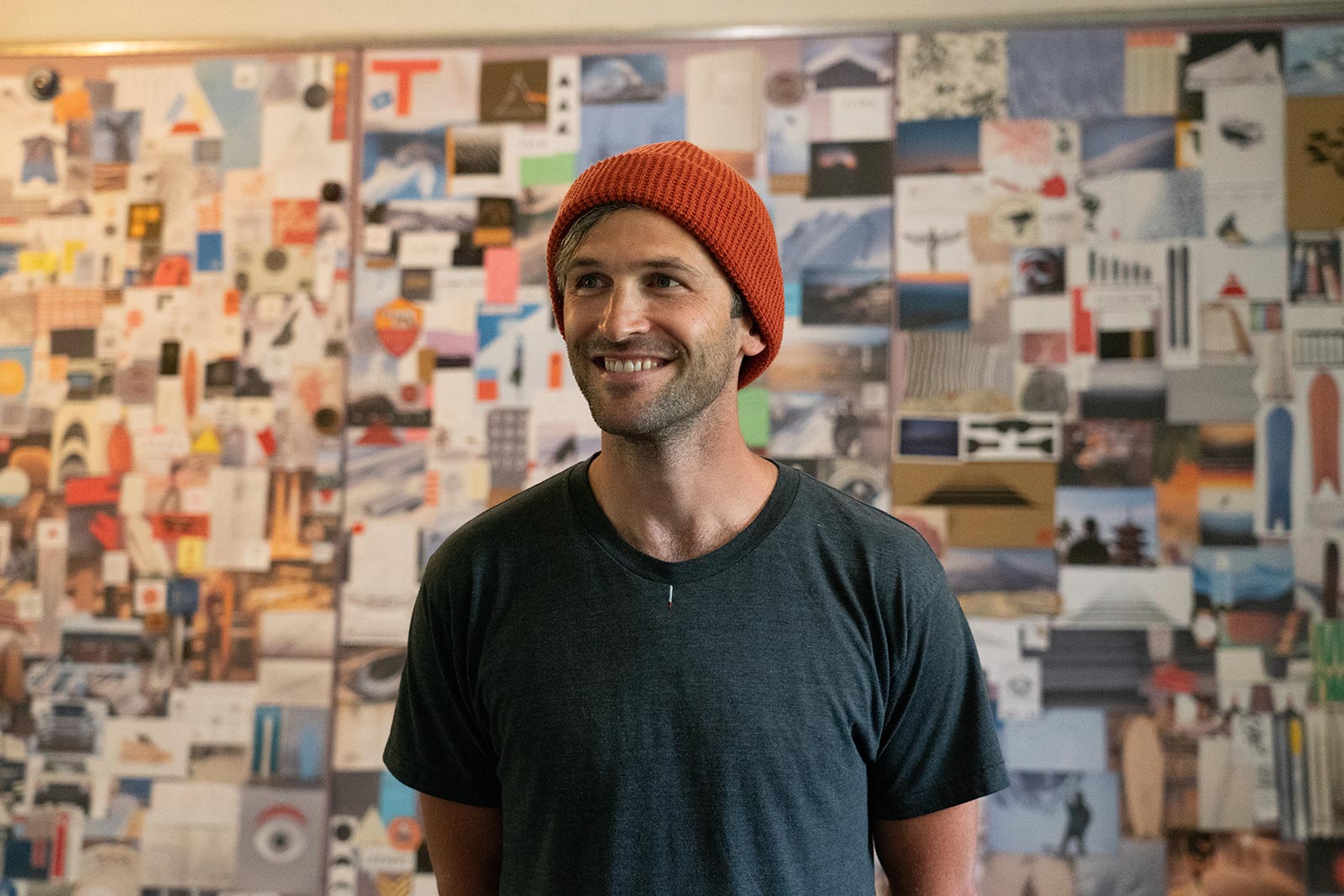
Stories
Eric Pollard Departs Line Skis, Announces New Ski Brand
Eric Pollard has announced that he will part ways with Line Skis. The 36-year-old American has been sponsored by Line for more than half of his life, and their partnership went far beyond that of most athletes and companies.
“It has been my life’s work, my raison d’etre,” says Pollard. “Over the years I’ve worked closely with Line to create products I believe in, gear that has made me a better athlete, equipment I'm incredibly proud of. I’ve put a bit of myself into every piece of equipment that I have had the honor of designing.”
During his long journey together with Line, Pollard has had a huge influence not just on the company’s products, but on ski design as a whole. Matt Masson seized on this inflection point in Pollard’s career to ask him a few questions about his past, present and future.
Interview: Matt Masson | Photos: courtesy of Eric Pollard
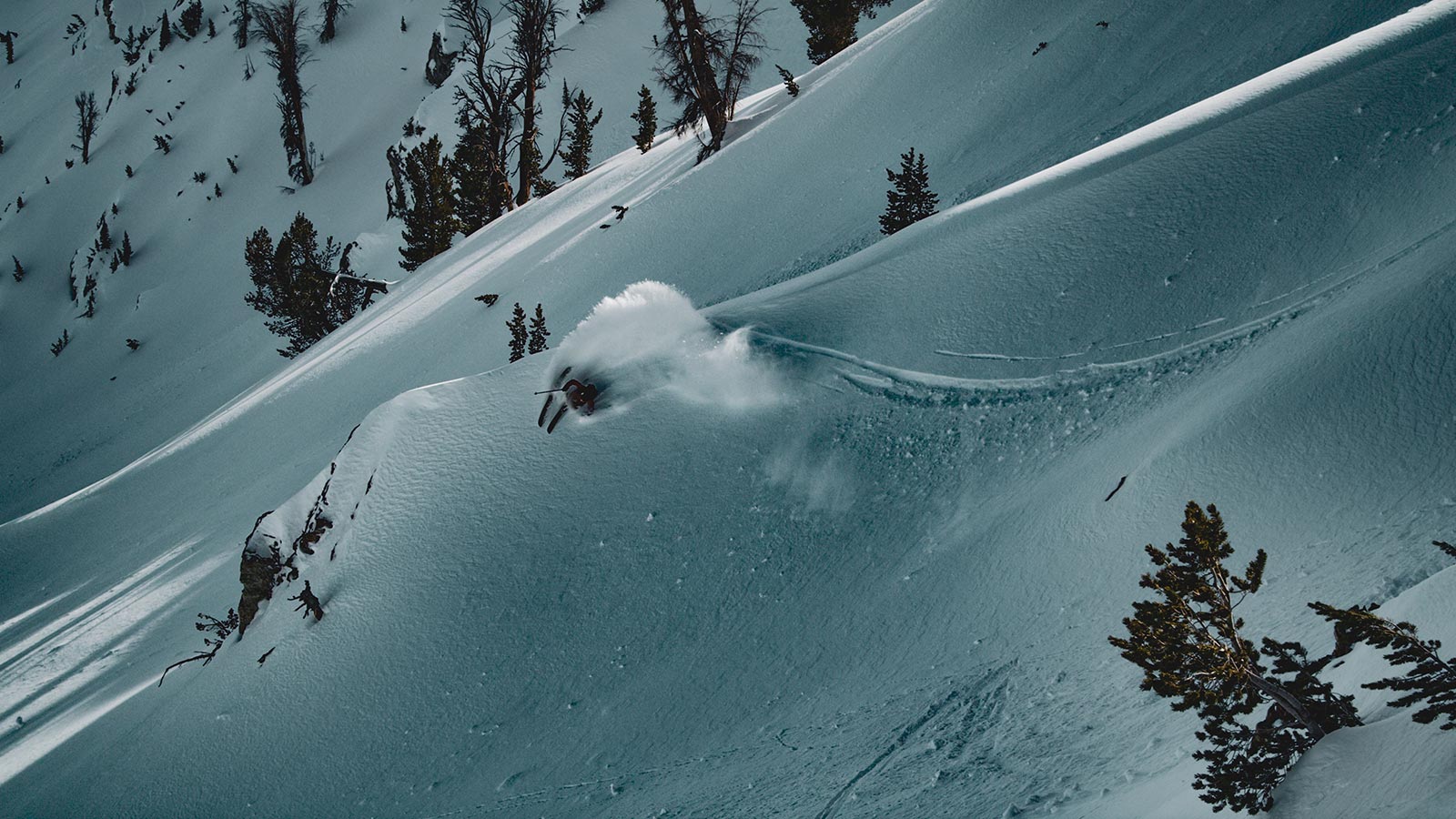
Pollard has been making waves, as well as surfing them, for 20 years with Line. Now he´s ready for his next endeavor.
Matt Masson: Hi Eric. Let’s get straight to it: why are you leaving Line after 20 years?
Eric Pollard: More than anything, it’s been an incredible relationship I’ve had with Line Skis. The truth is, they’ve been the best sponsor I could have asked for. My latest film, for instance, shows how much my focus has wandered from just the role of, professional skier, into other realms of product design or graphic design or even filmmaking. I’ve always enjoyed those other roles, but at the same time I’ve also just really liked that most of my other projects have been based on collaborating with other people to offer up an idea. That was like Nimbus [Independent] in a nutshell; can Pep [Fujas], Andy [Mahre], Chris [Benchetler] and I all work together towards the same goal? Instead of creating parts and kind of competing against each other, can we all work towards the same goal? Very much in the same way, I want to create a brand that is not diluted but is focused on offering up one concept. Long story short, I just didn’t feel like I could do that at Line Skis.
What’s the new brand called?
Season.
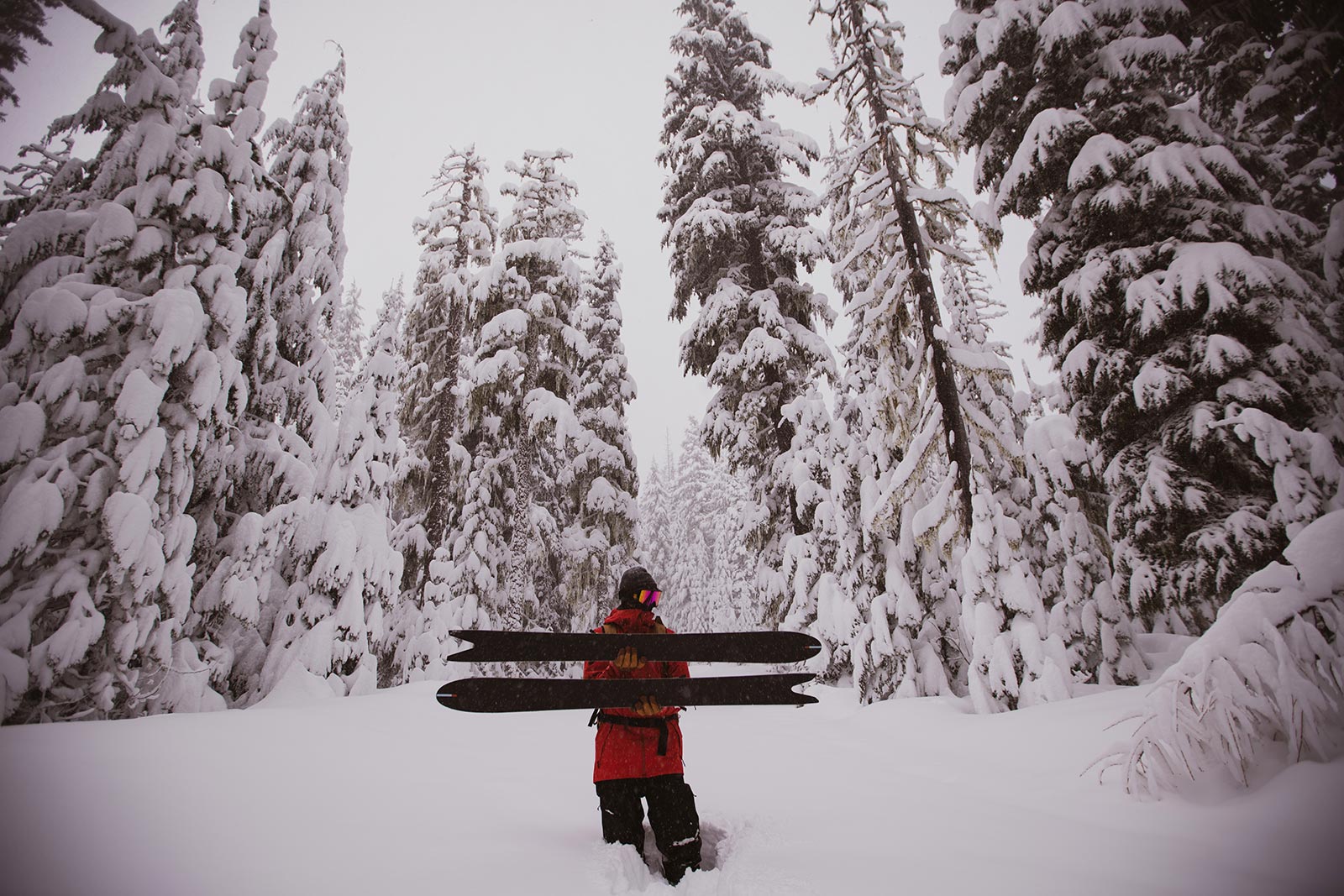
EP´s been working on some new toys.
I’ve spoken to some people in the industry who’ve said that people are leaving the bigger brands to start their own companies with sustainability in mind. Is that true of Season?
Yeah, absolutely. That’s one of the foundational elements behind this brand: how can we encourage people to keep their products, season after season? Instead of simply updating the graphic or touting some new technology and saying, “You’ve got to have this one! It’s much better!” Season is based on: “No, no, no, keep that stuff.” We don’t actually want you to buy it ‘season in, season out’. We want you to keep it as long as you can.
What’s the thinking behind the name?
I think there are so many ties to it. My original epiphany was: the winter season, for a lot of people around the world, is just something to endure. The food that’s in season at that time of year is completely different, the weather changes and gets kind of foul. It’s cold and then the precipitation comes and everybody gets pretty down, but skiers and snowboarders actually look forward to it. Even more so, some people get strategic and live as close as they can to certain areas. Much of our lives are engineered around that season, so that’s really the genesis of the name.
It does have so many other ties. Season is just another way of thinking about our balance with the world and living seasonally, if you can, instead of trying to have it all at any time.
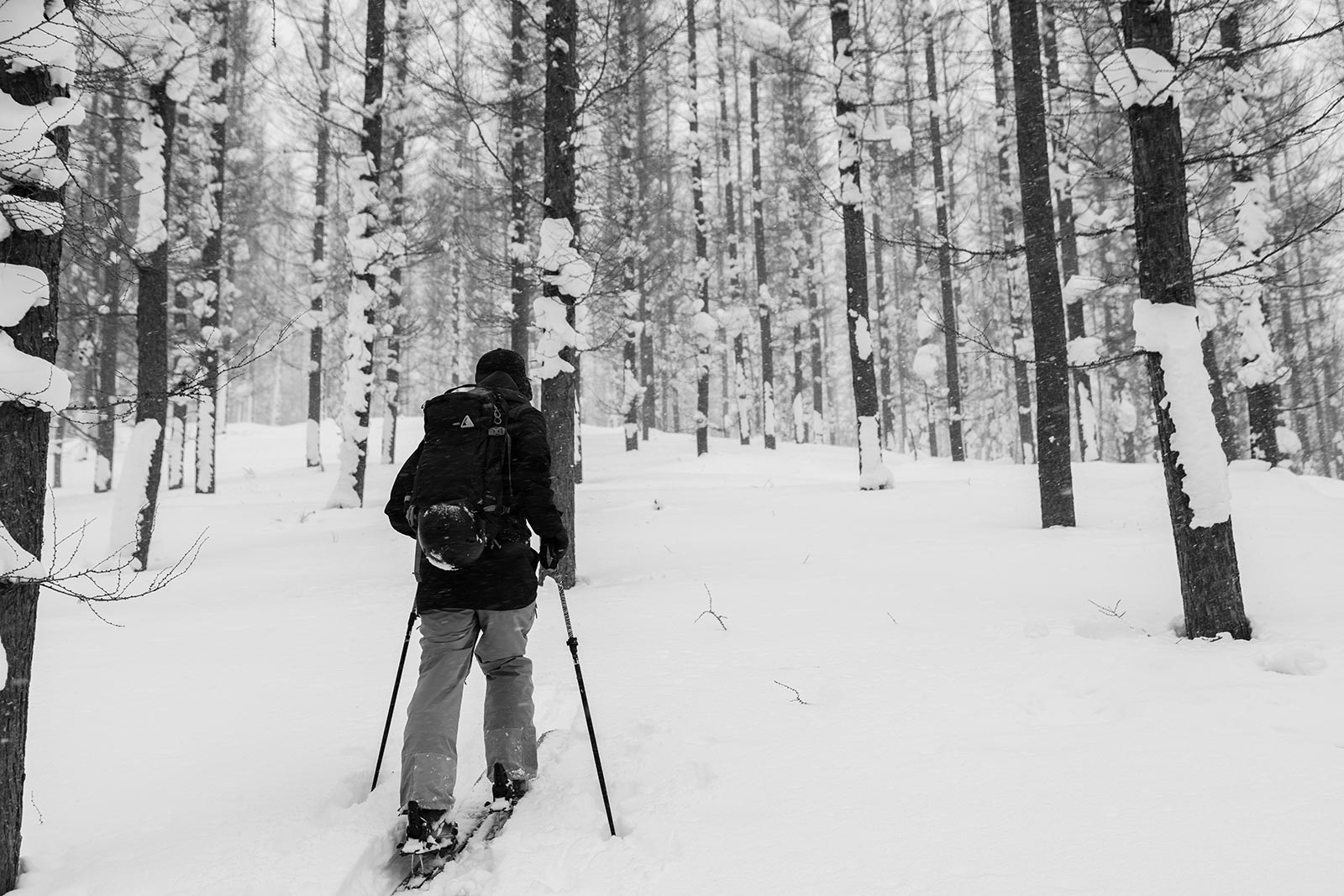
Pollard, no stranger to setting the trail for others to follow.
Going back to Line, how many skis were you involved in developing over the years?
I honestly don’t know, I never really tallied them up. I know that when I was looking at graphics, I had like 50 of them, but I also designed all the skis, so it was fun.
Working with Line was incredible, because it was this chance to basically take a concept and come up with it independently. Everything was done from skiing. So you’d be skiing along and be like, “Woah, my tail’s dragging this way. How can I change the tail shape?” Or, “The nose is diving. Could I change this one thing, or increase something else?”
All my ideas would stem from just skiing, and with Line I was able to prototype, so I pretty much had carte blanche to do whatever I cared to do. I got to see it through the prototype process, entirely, and then I’d get to ski on it, make changes and capture the entire process. I’d be taking photos and motion imagery of it, then I’d draw something based on some experiences I was having during that time of developing the ski and I’d just tie it all together. At the end of it I would ski on it and capture what the ski was designed to do, in my mind. It was just this really fun process that I fell in love with. They were the best partner I could have asked for, because I had such a creative license to do whatever I cared to do and the trust.
I never even really had a concept of, “Oh, I think this thing will sell well.” I was just doing things for me, that I was interested in. They were never like: “You can’t make this ski! It’s not gonna sell!” It was more: “That’s cool. Do what you wanna do. Try it out.”
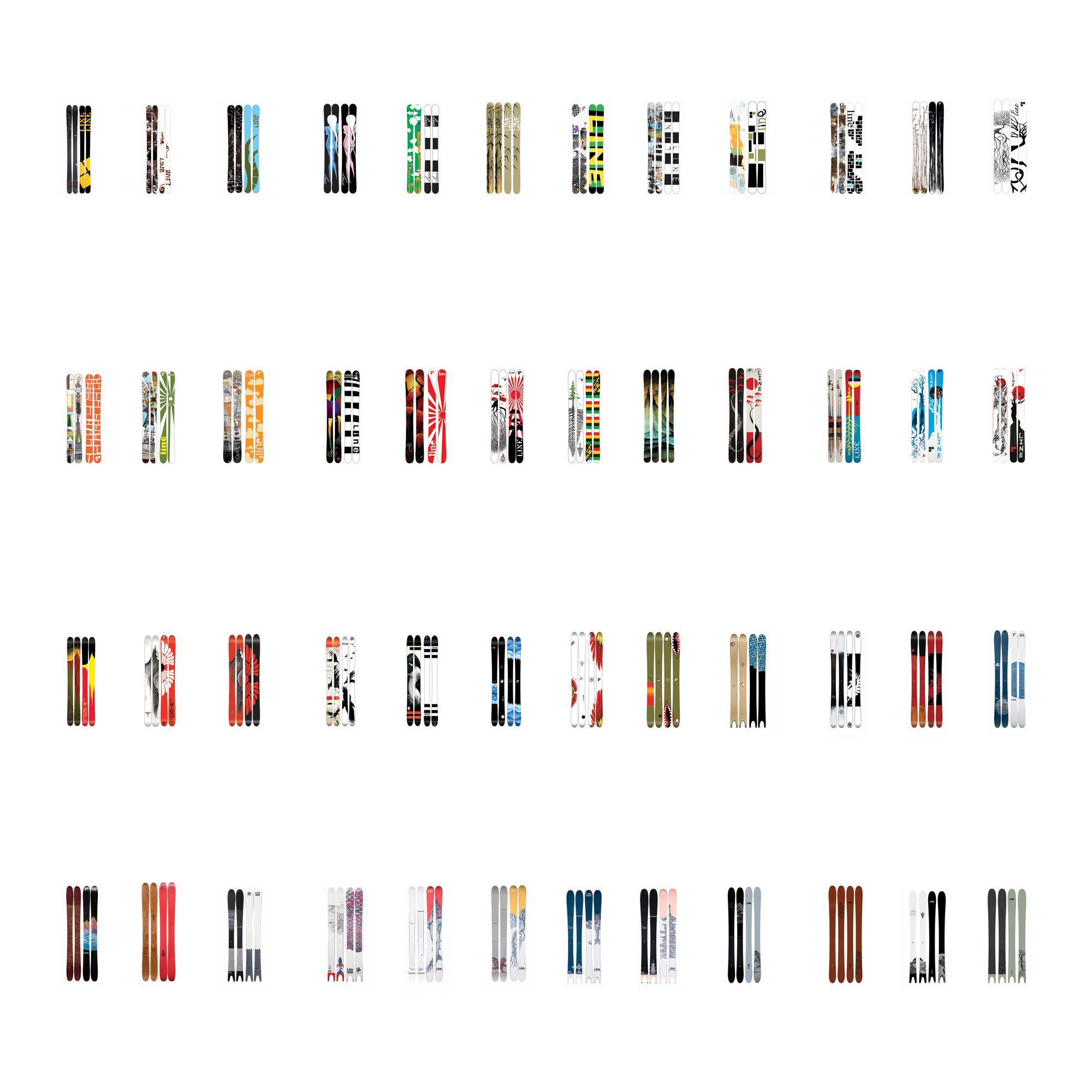
Eric´s legacy at Line: dozens of pro models, topsheets and shapes that shook up the ski industry.
Did you ever try anything absolutely ridiculous that never got past the initial plans?
Yeah, there were quite a few that we prototyped that we never hit the market with and never went past an initial prototype. There was a period in skiing—really at the very beginning for me—where I was pretty underwhelmed with what was available in most respects. The graphics didn’t speak to me, so I was just messing around with graphics. Line once again, that was the first time that anybody had done a graphic that spanned from left to right. Up to that point, graphics were just: you had a left ski and a right ski, but they were both identical. Line was down to try something new. Those ones got passed through, but with the actual ski design, I was really unhappy with what I was skiing on. A lot of that came from the fact that I was snowboarding and surfing, and I was getting these sensations—in particular on my snowboard—that I just could not generate on my skis. Most of it had to do with float. My snowboard was floating so well, but when I got on my skis and they were just sinking to the bottom. I wasn’t even getting close to the lift or the planing ability that I got on my snowboard.
I just started experimenting with some simple concepts. The first one I proposed, back in like 2001, was the 130mm-waist ski. That was just totally [shooting] from the hip. I thought that my ski should be at least as wide as my boot if I’m gonna float. I was young, like 17 or 18, and I just said, “It’s got to be that wide.” To do that you had to take two cores and glue them together. It was really hard to make that ski back then, because skis just weren’t that wide.
If you put them up base to base, the Pescado, the Outline, the Magnum Opus, they’re all practically the 130. The refinements are certainly there, in terms of the camber, profile, flex, materials and so on, but the overall similarities are pretty obvious and tangible, when you pick the two up together.
To answer your question… right after, that ski [the 130] was so pivotal for me, I was like, “I wanna keep trying this thing out!” I wanted to push until it broke down and became too specific. During that period I created a 140mm waist ski, it was like 201cm long. That was like a beast of a ski. I tried a lot of different concepts of nose and tail heights, because my skis were still diving a little bit and this was before we really worked out early rise. I would have like 180mm tip height and they were just flopping around a bit. Of course, we tried the 150mm waist and a 172cm ski, which was essentially taking the Elizabeth and turning it into a powder ski. None of that stuff came to market. I actually had the idea for the Pescado right around that time. That was all coming from directional snowboards and fish surfboards, I wanted to try it out. I started actually prototyping that in 2012, but the idea came to me in like 2003/2004. That got tabled and got a lot of pushback at the time, which is just as well because I actually don’t think people would have been ready for it. It was a bit too far ahead. By the time it came out, it was still a very progressive concept.
What was your favorite innovation?
For me it was width. Especially now, having so much time in the business. I think of it like this: looking at it from a higher elevation—something like the innovation of fiberglass to enable parabolic shaped skis—I then think of twin-tip skis, and then, to me, it’s wide skis. My contribution or biggest innovation was the role I had in helping wide skis’ progression. I’m not saying that’s my role entirely, but certainly I was on the cutting edge, and I had some avant-garde concepts that I pushed through. That would be where I feel that I made the biggest contribution is just in powder skis, I suppose.
Looking back at some old videos, it’s easy to forget that there wasn’t really a “freestyle powder ski” before you began innovating.
It was [Shane] McConkey and I in particular, I think. Now looking back and actually having the benefit of how information is passed around, you actually see that there was a 115mm or 110mm-waist powder ski that so-and-so developed that was actually made for a heli-ski-op or something like that, that I read about. That’s wild. I would have freaked out to have seen that, but, you know, we’re all kind of in our own worlds and information wasn’t that easy to come by. We couldn’t share concepts or share ideas the way we can now. I never feel like I could own any of those ideas. Even if I came up with it in my own world, and independently came to that conclusion and worked towards it, what has been my whole life’s work I suppose, there were other people working on it in their own regions, around the world. Now you just have people refining the concept.
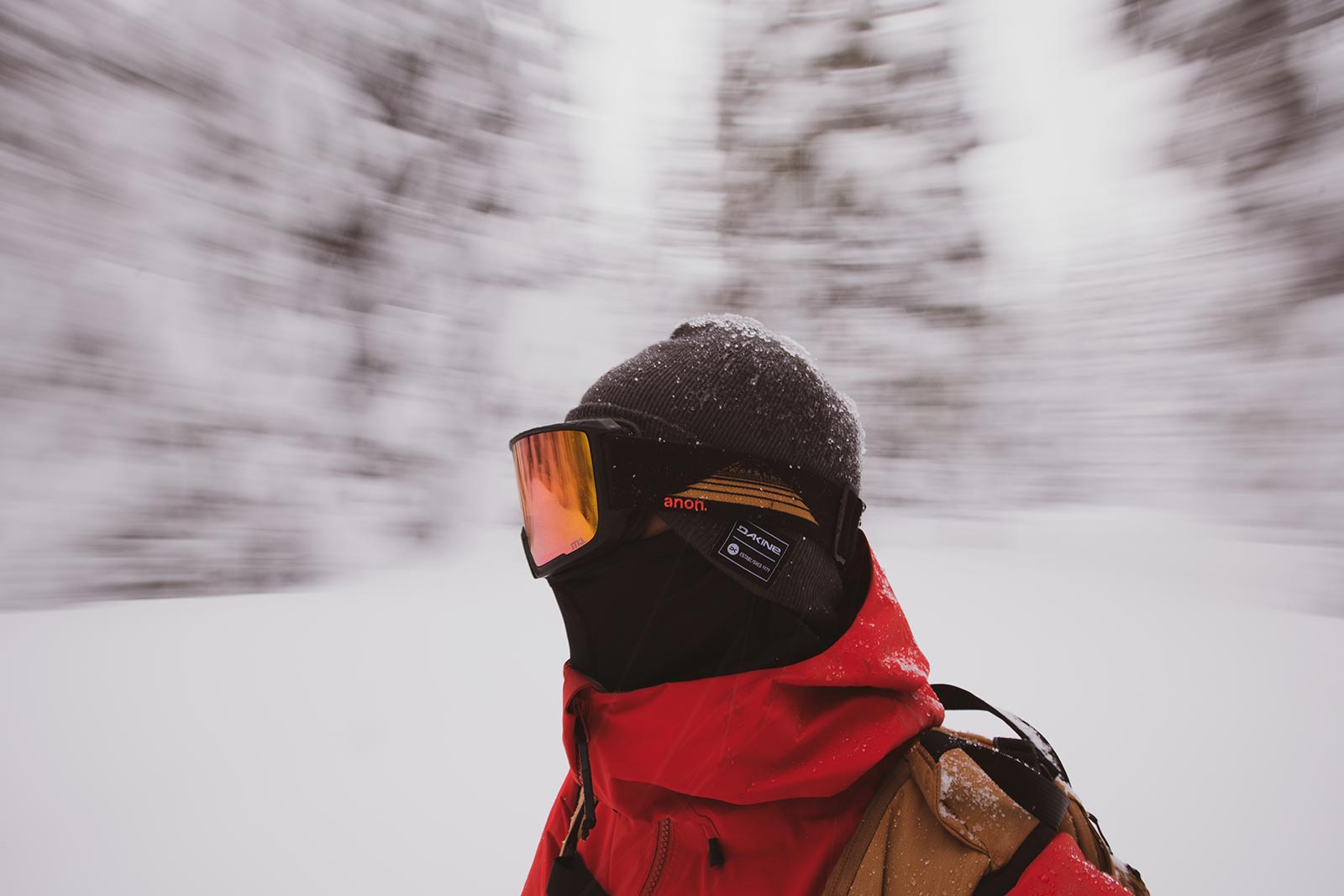
You mention Shane there, but you were never at the same brand. Were you just working in parallel, and did you ever share ideas with each other?
No. When I created the 130, Shane reached out to Line Skis. Things were just ending with his previous sponsor and he actually ended up signing up to K2, and Line had just been acquired by K2. So there was a little bit there, but he and I never worked together. I don’t think he actually liked my ideas whatsoever. He was on his own thing entirely, which was, essentially, complete reverse camber and reverse tapering. I can’t really speak to what was informing his designs, but mine were coming from very different places, although there were similarities. I have a ton of respect for what he’s done, and I think he’s regarded as one of the main innovators.
You seem to have had quite a lot of freedom at Line. Will you now have complete freedom to just go crazy at Season?
Absolutely. I suppose that my main motivation was just leeway. I wanted freedom to change, more than anything. I didn’t want people to expect something, just based on my history. I have changed a lot over the years and my focus has shifted. To answer your question, yeah, I think I’m going to have complete freedom to make whatever I want and to curate a look, feel and narrative that is true to my current perspective.
I stopped riding for Line about a year-and-a-half ago. The last year and a half I’ve just been posting little videos and graphics and ski designs as a thank you to all the individuals I worked with. I just really wanted to make sure that I had the chance to thank everybody.
This new project is actually a ski and snowboard brand. Right there, I could not start a snowboard and ski brand under Line Skis. You just can’t take a ski brand and be like “OK, we’re gonna make snowboards now!” That’s one of the biggest reasons why I needed to change.
In terms of creative freedom, Season is based on some other ideas that just weren’t compatible with Line. One of those is to make a distilled, reduced menu. I simplified the menu, so that when people come up ask what ski is right for them, they’re not choosing from a menu of 40 different skis. We essentially just have three skis. We’ve done that, specifically, so that we can do a better job designing each ski and focus on the details, but also just to help people to find a ski that’s right for them. It’s just too complicated, it’s become so hyper-saturated. With everything I’ve learnt in skiing, it’s still difficult for me to make a decision: “What do I want to ski? Am I missing out on this or that?” Really the differences are so negligible, but the way that it’s marketed, it seems like they’re all completely different things. The freedom to change things in those two directions is really important.
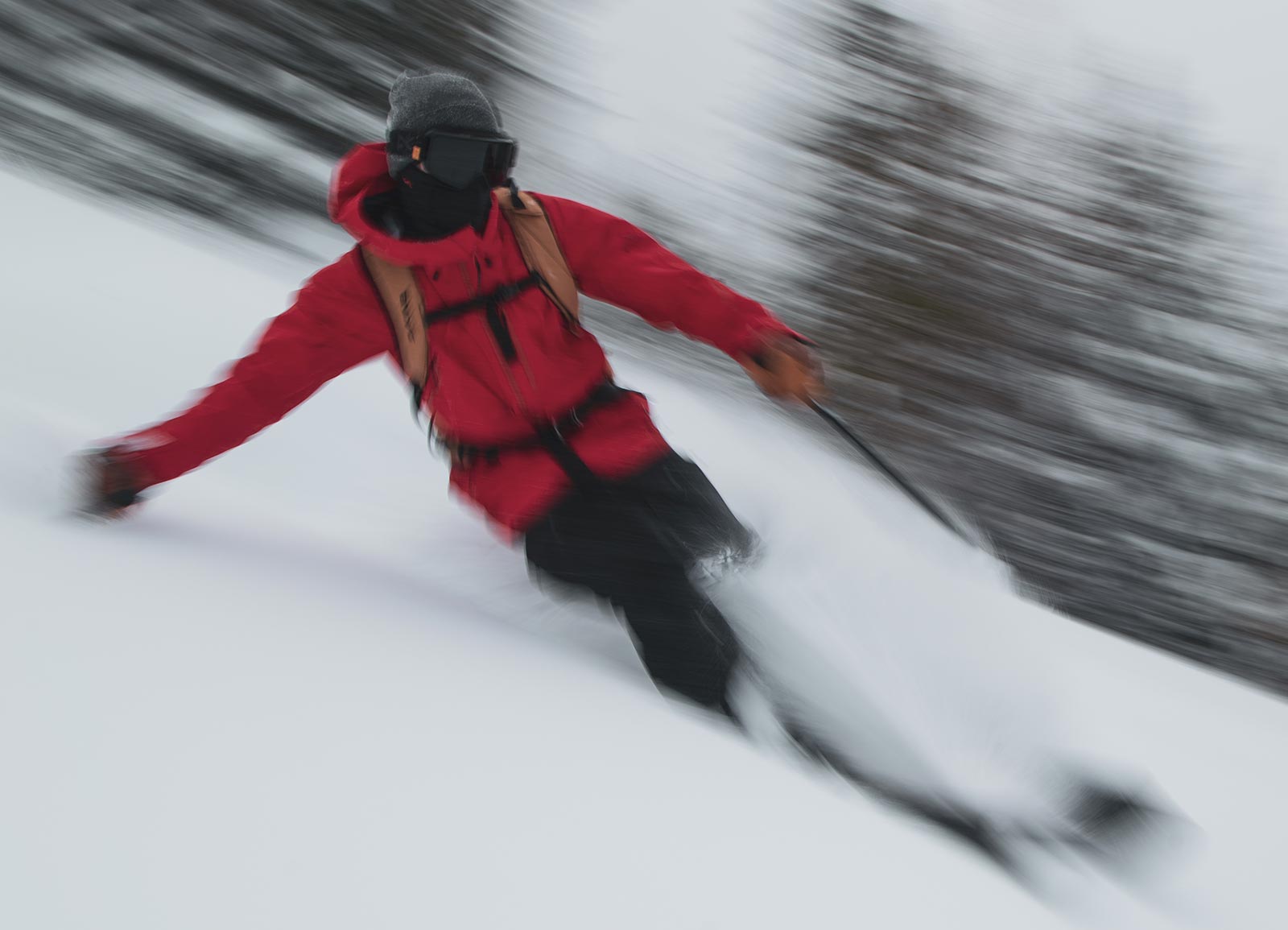
When will you be able to buy a pair of Season skis, and where from?
Actually, starting this Tuesday, 20 October, they will be available to buy. We’ve been prototyping for the last year. It’s mainly direct sales and online, in Europe at Blue-tomato.com, and at evo.com in North America.
Do you have any other plans yourself? Anything with Nimbus?
Yeah, I was just dreaming one up right now with my counterpart in Season, Austin Smith. He’s a snowboarder and we were just scheming a little bit. I’m always tossing around ideas. You start to entertain them and sometimes take a couple step towards them. Now that we’ve had time to create this brand, I’ve started to think about something that I would create with him.
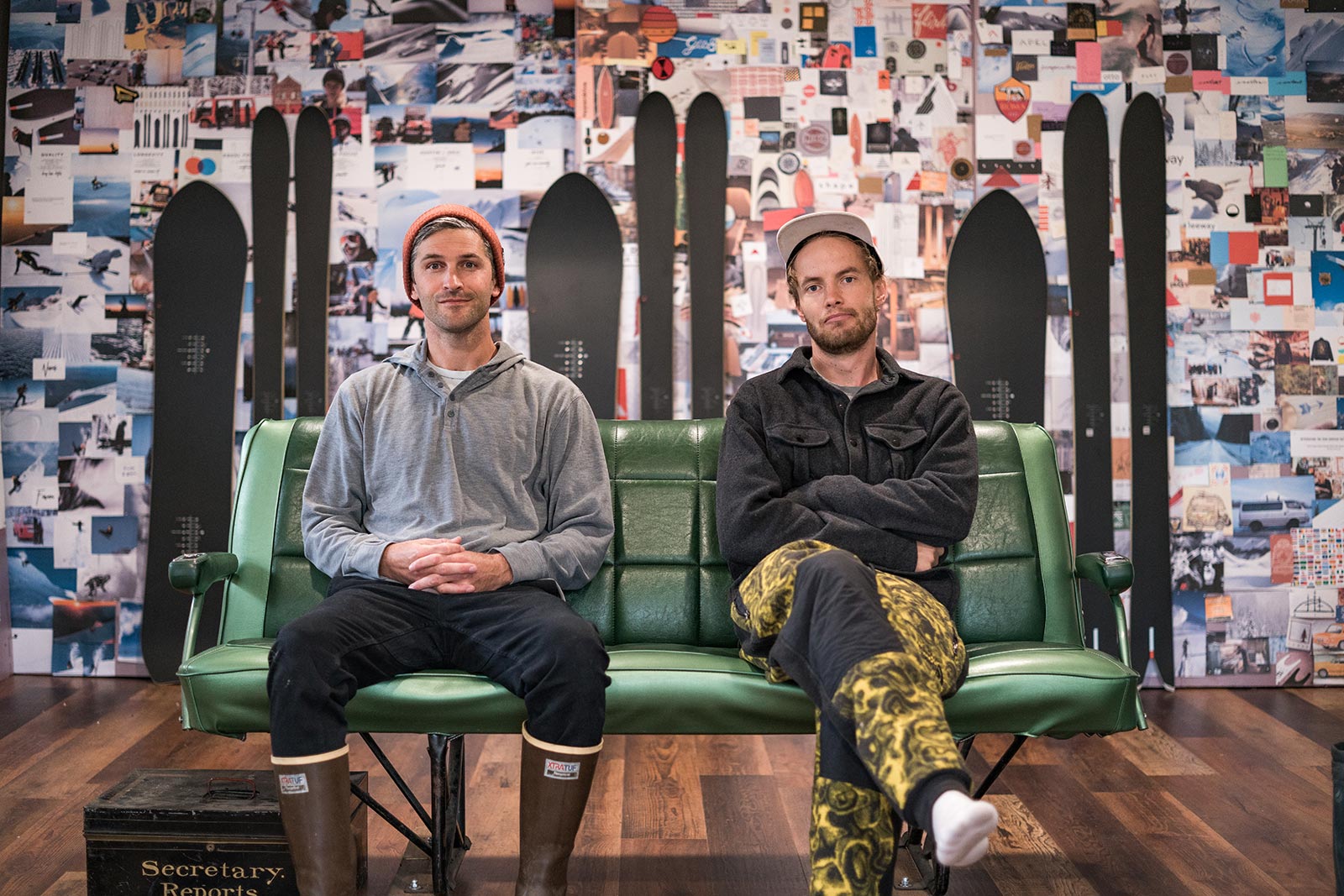
Eric and Austin Smith.
